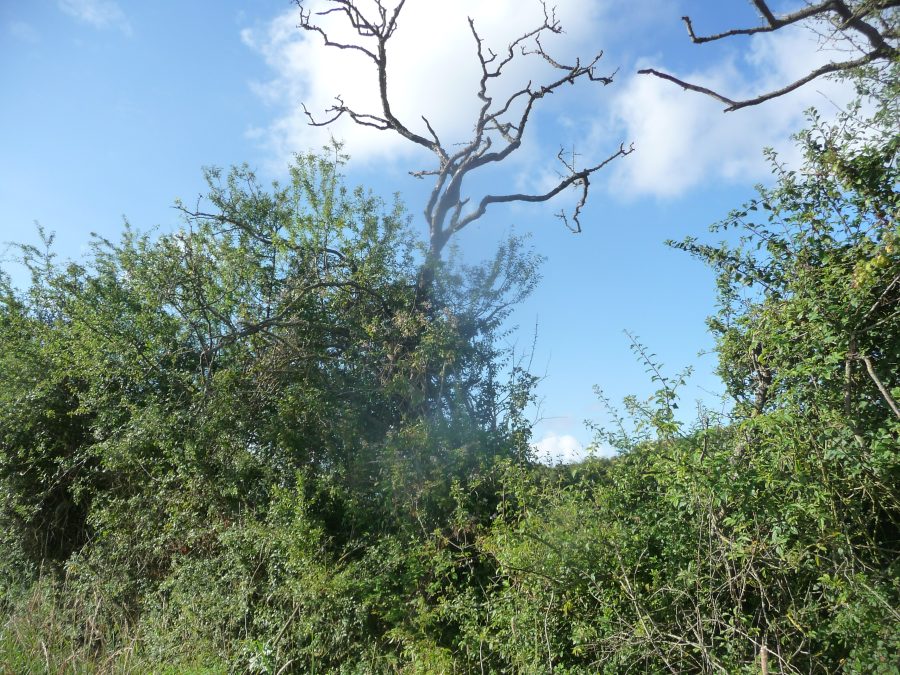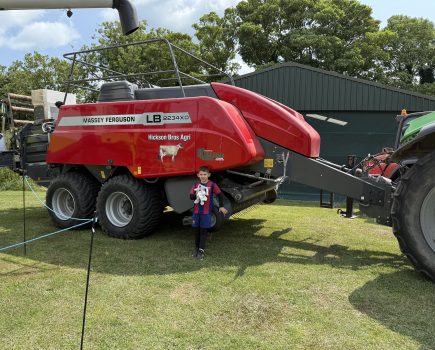I was wondering what one should call an ‘enforced’ negotiation, supported by government, which appears little short of a scam? Many farmers will know what I am writing about if they, too, have telephone masts on their land. I was one of the earliest farmers in the area to have one in the late 1990s, when negotiations were relatively straightforward.
Mast erection took some time, but the structure eventually went up and I believe both parties have had a good deal. The telephone company, with a good site, looking down on a busy A road, gave the operators an unending flow of customers, day and night. We had a fair rent, agreed amicably and paid on time.
Around 2017 to 2019, the telephone companies persuaded the Government that the only way they could fund nationwide coverage was to renegotiate existing rental agreements with landowners, farmers, shops etc and rewrite the previously agreed terms. The Tory Government went along with it.
The result is that site owners are now getting their ‘rewards’. On a quite remote site, where once we received £5,000 a year, we were offered £700, but after some quite heated discussions this could now be upped to the grand sum of £1,200. A cut of £3,800.
That was on one of three current sites which we have leased out since. The other two, much bigger structures, were soon to be alongside a busy new bypass on an A road, with endless ‘nose to tail’ traffic and new houses along the far side. One was earning something like £10,000 a year, a price again agreed amicably, which obviously reflected the good revenue the operator was able to earn from it. If we received £10k, how much, one wonders, do the operators make?
Then last year we had a ‘reviewed’ offer for that mast, which rather made me laugh (the alternative being to cry) as it was for something under £300 a year. There has been no further discussion, nor will there be, unless they make a fair and reasonable offer.
The third site earns us a similar sum which, as of today, stands unaltered, but we are not expecting good news. All farmers and landowners with sites are, one presumes, similarly affected, probably being seen as an easy touch, so are tested first. In that case I hope any readers in a similar position react in the same way, or we will all be ‘trodden on’.
The original story was, reportedly, that by lessening the companies’ rent burden in the better covered areas of the UK these £multi-billion concerns would be able to fund their networks across the whole country faster. But have they? I don’t think so, but I don’t live up in the north of Scotland. I guess they will have lost much good will.
On my home farm we have a local rife/river cutting through the northern end. It forms part of a system of such local rifes draining similar lower land and running down to the coast a couple of miles south.
Within some five miles there are about five similar channels and they all feed into one, around half a mile from the seawall and its pumps. These rifes were all dug by hand, at huge human effort, over many years, around the early 15th century. They worked so well that great effort was put, until recently, into keeping them clear and running.
In the recent past, until the mid 1990s, I well remember the National Rivers Authority (NRA) had gangs of men dedicated to clearing these drains annually, keeping the main ditch systems clear. Even in wet weather when the land flooded, the water was soon able to get away.
All this then changed, since when we have been visited by floods, often arriving in November and staying with us, as this year, until May, making the chance of getting crops into the land almost impossible (see July’s South East Farmer). On top of this we have a main sewage treatment plant on another rife, which joins ours a bit further downstream, which in bad weather discharges raw sewage into the whole system.
I have spoken about this before, but I raise it again since we discovered recently that the hawthorn trees lining our lowland ditches have suddenly died. We have some 300 yards of rife frontage and perhaps another mile of feeder ditches and there is barely one hawthorn left alive along these ditches, just sad skeletons of dead and dying wood; probably over 100 trees.
It’s bad enough to have polluted water but worse still to have a water shortage. One wonders when it will get through to the planning authorities and put a stop to their head-on rush to cover our whole area, south of the South Downs, with wall to wall new houses.







